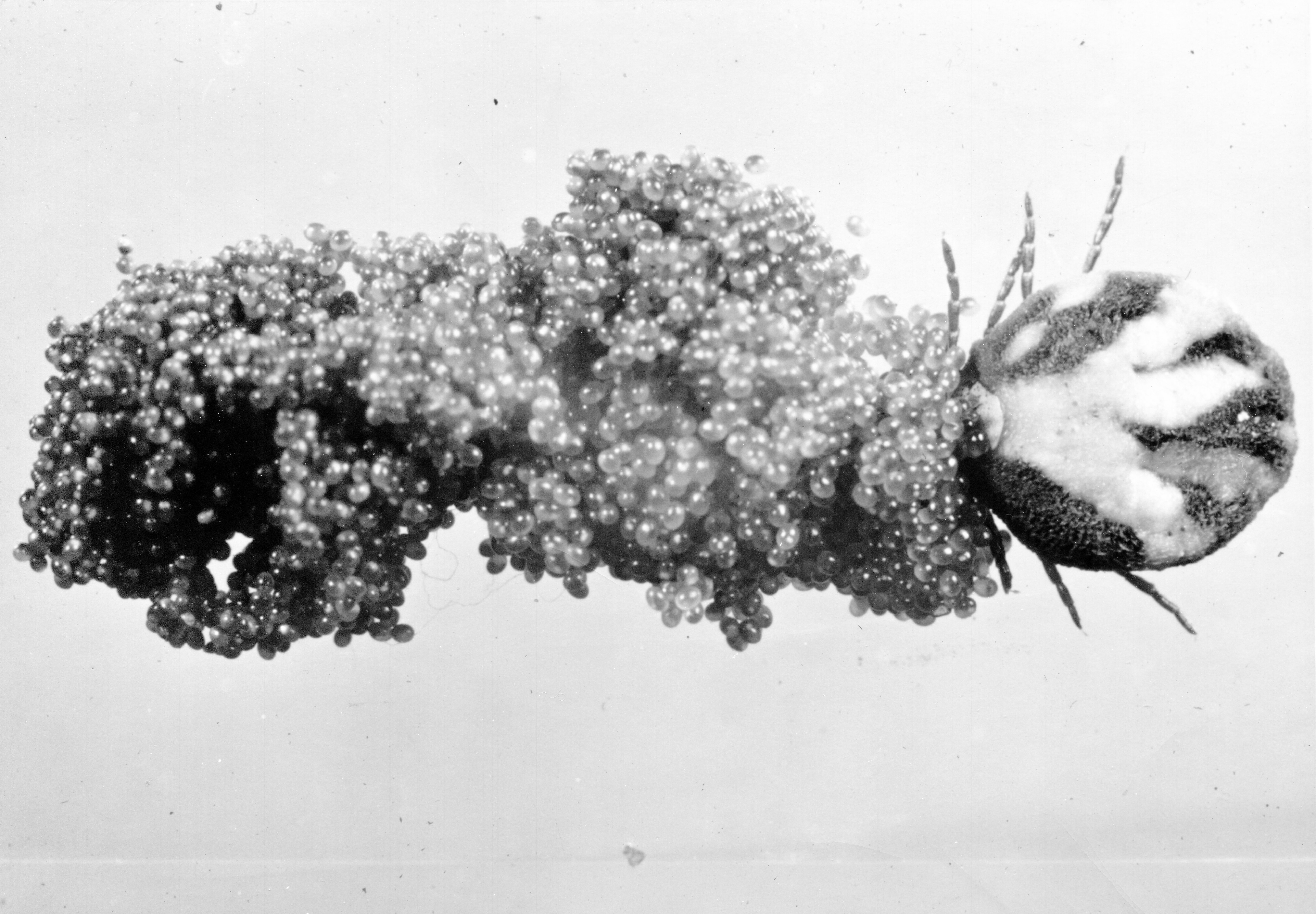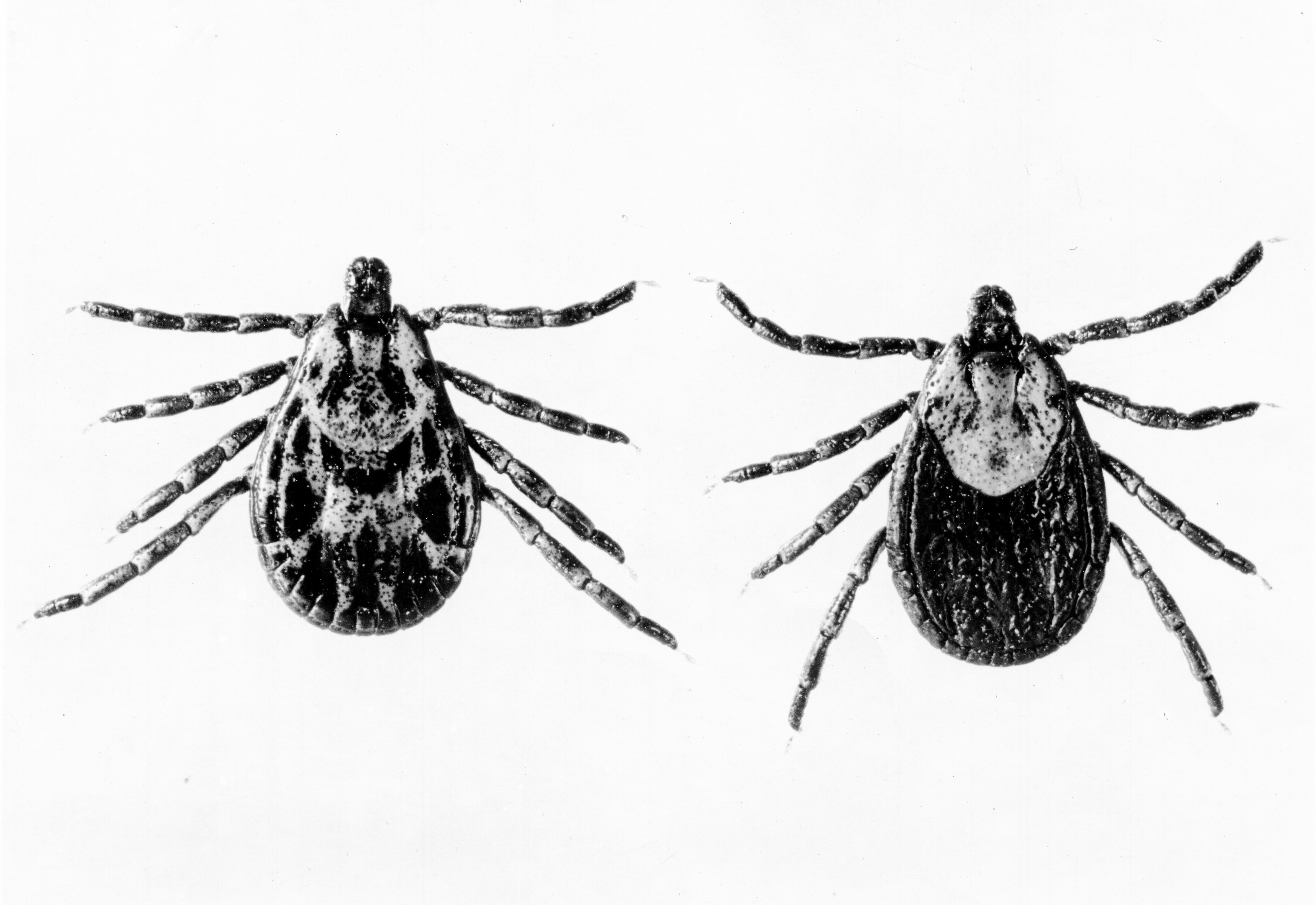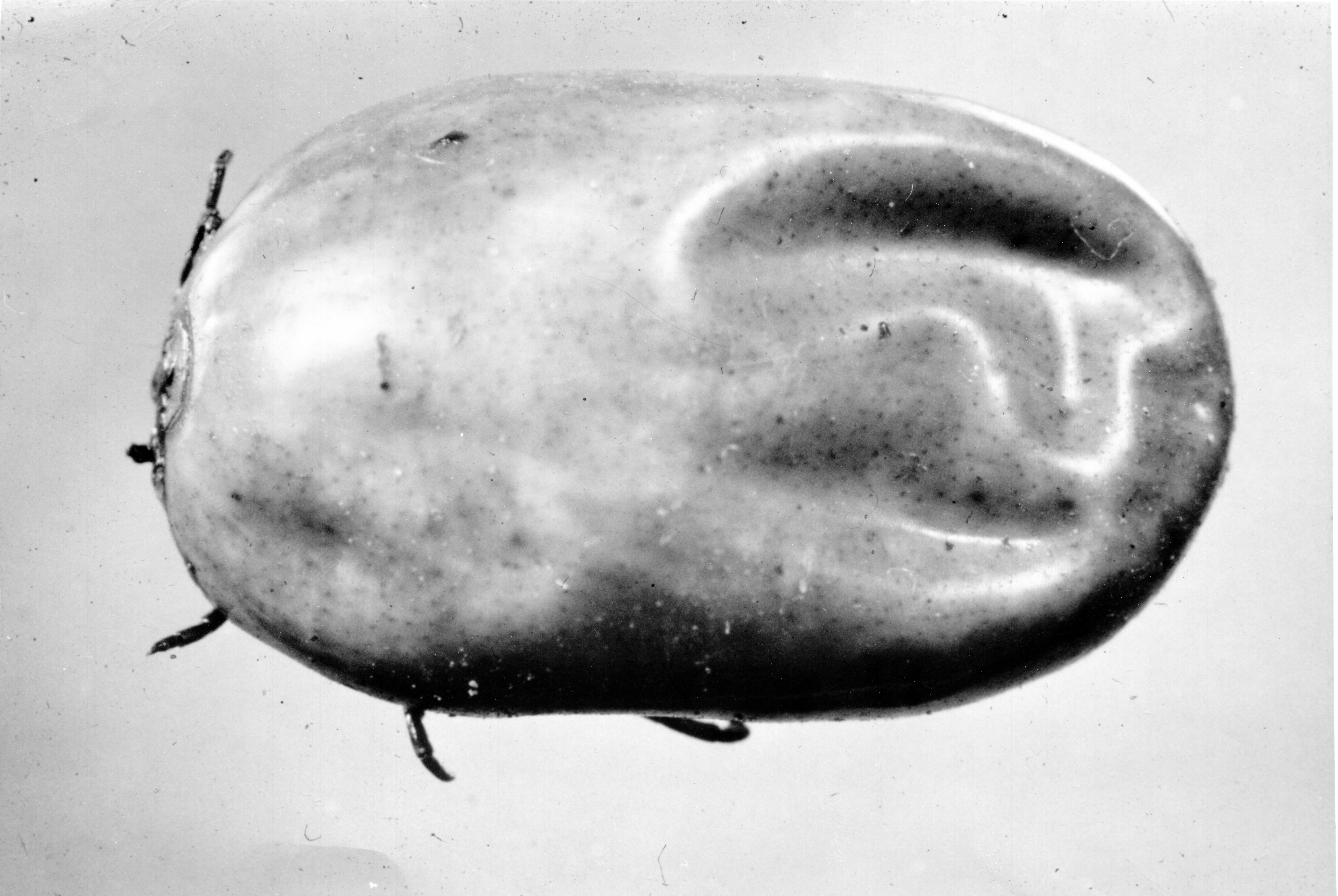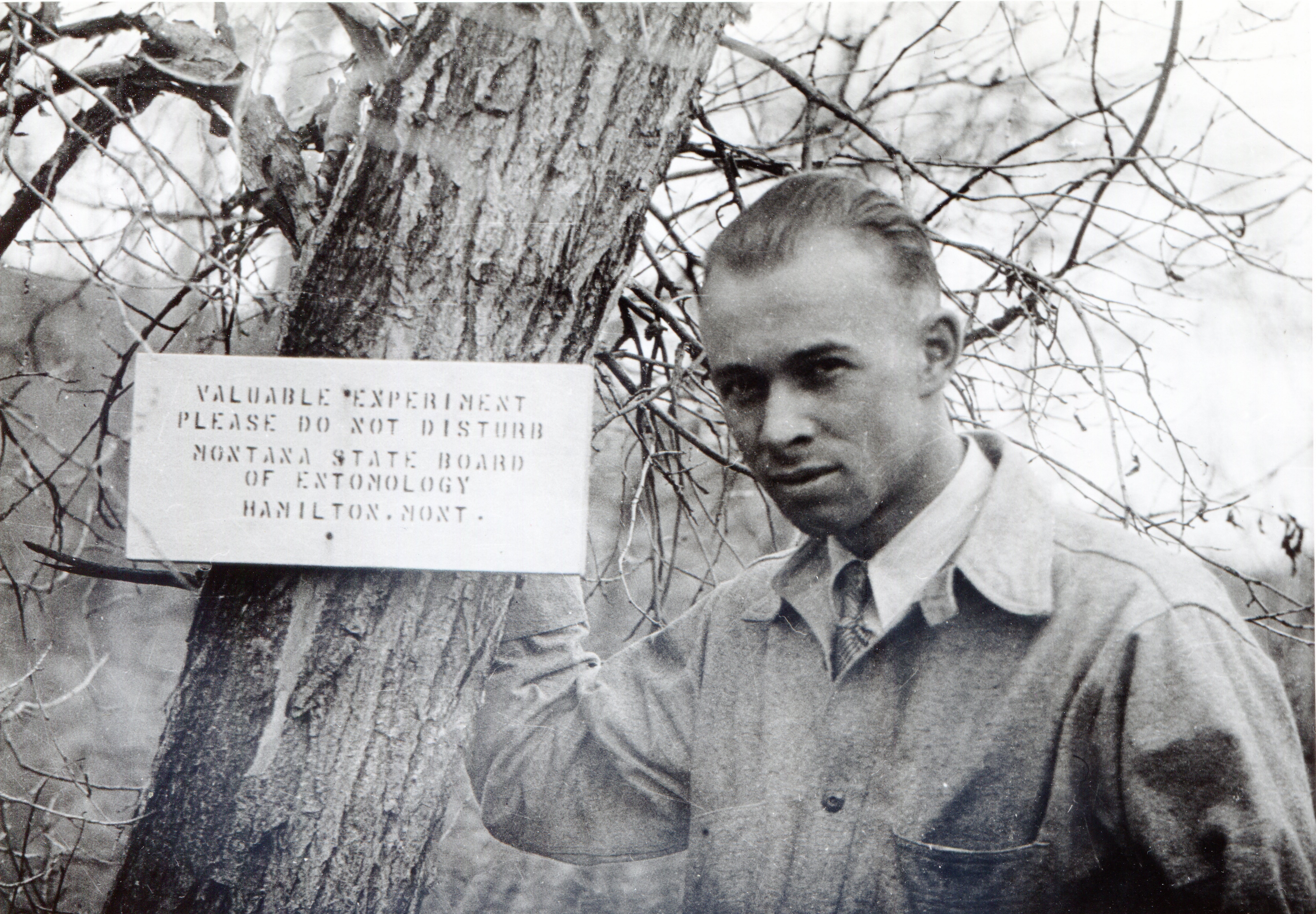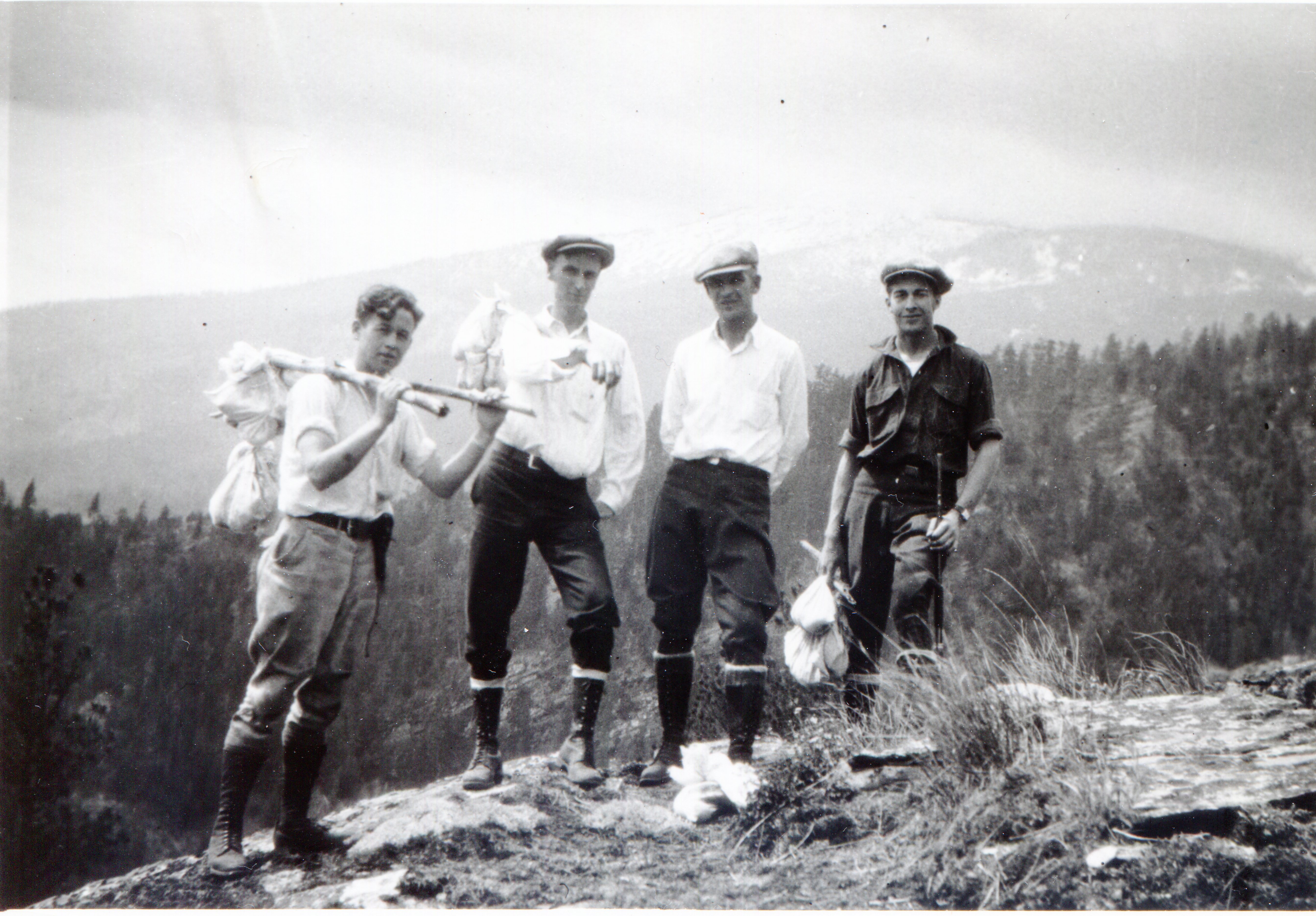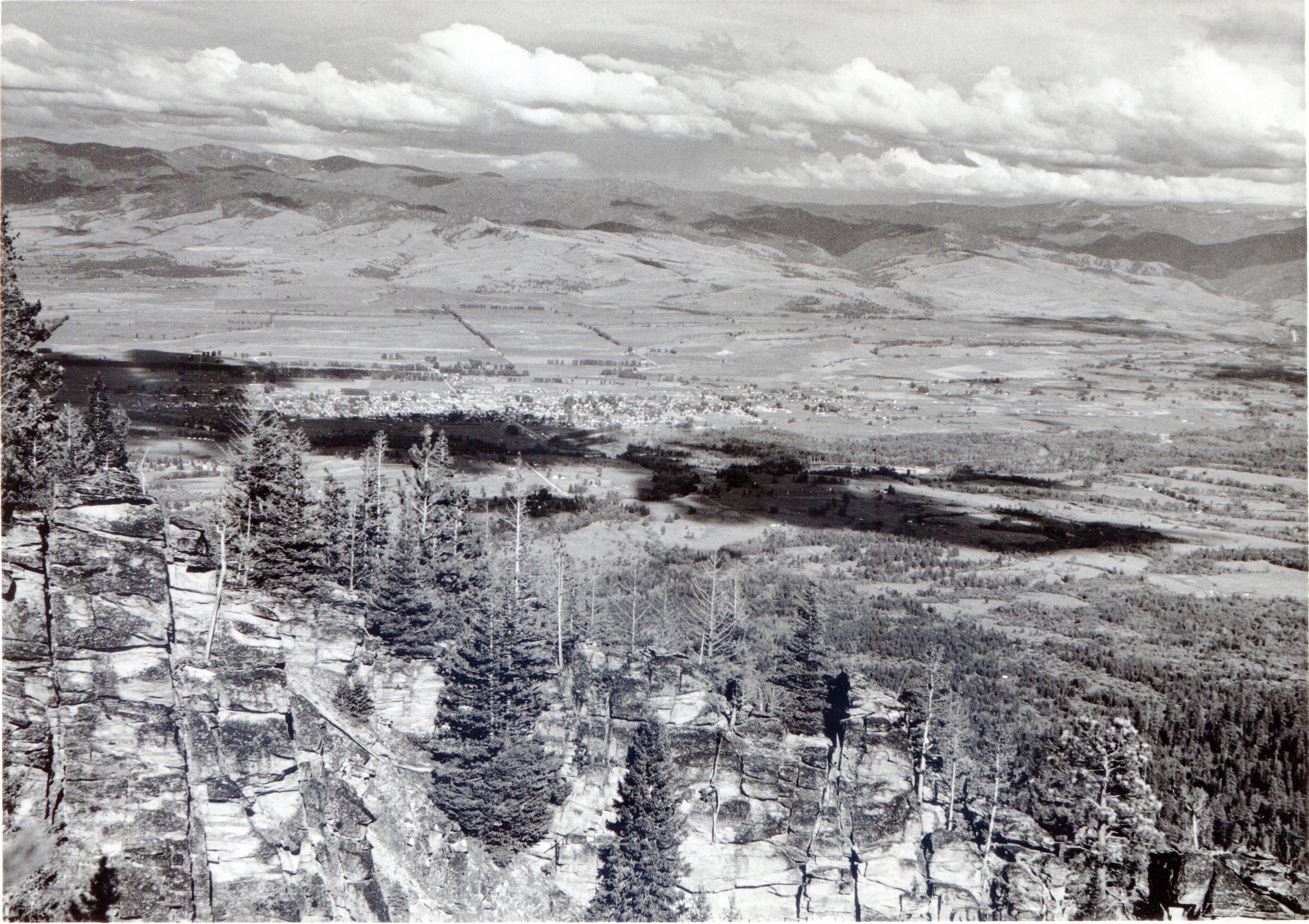...
| Div | ||||||||||
|---|---|---|---|---|---|---|---|---|---|---|
| ||||||||||
|
| Div | |||||||||||||||||
|---|---|---|---|---|---|---|---|---|---|---|---|---|---|---|---|---|---|
| |||||||||||||||||
|
| Div | |||||||||||||||||
|---|---|---|---|---|---|---|---|---|---|---|---|---|---|---|---|---|---|
| |||||||||||||||||
|
...
As RMSF gave up its mysteries, researchers still had other tick-borne diseases to study. They constantly collected ticks where outbreaks of Rickettsial diseases occurred.
In 1929, LeRoy Jones, Harley G. Sargent, Harry L. Sargent, and James Kerlee posed at the top of Blodgett Canyon in the Bitterroot Range. Each holds several white cloth bundles tied to a stick for specimen collection. James Kerlee’s brother, Arthur LeRoy Kerlee, had died the year before of RMSF that he had acquired in the laboratory.
...
| Div | |||||||||||||||||
|---|---|---|---|---|---|---|---|---|---|---|---|---|---|---|---|---|---|
| |||||||||||||||||
|
...


